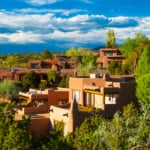Name: Mount Qingcheng and Dujiangyan
Address: Dujiangyan City, Chengdu, Sichuan, People's Republic of China
Official/Related Site URL: https://whc.unesco.org/en/list/1001
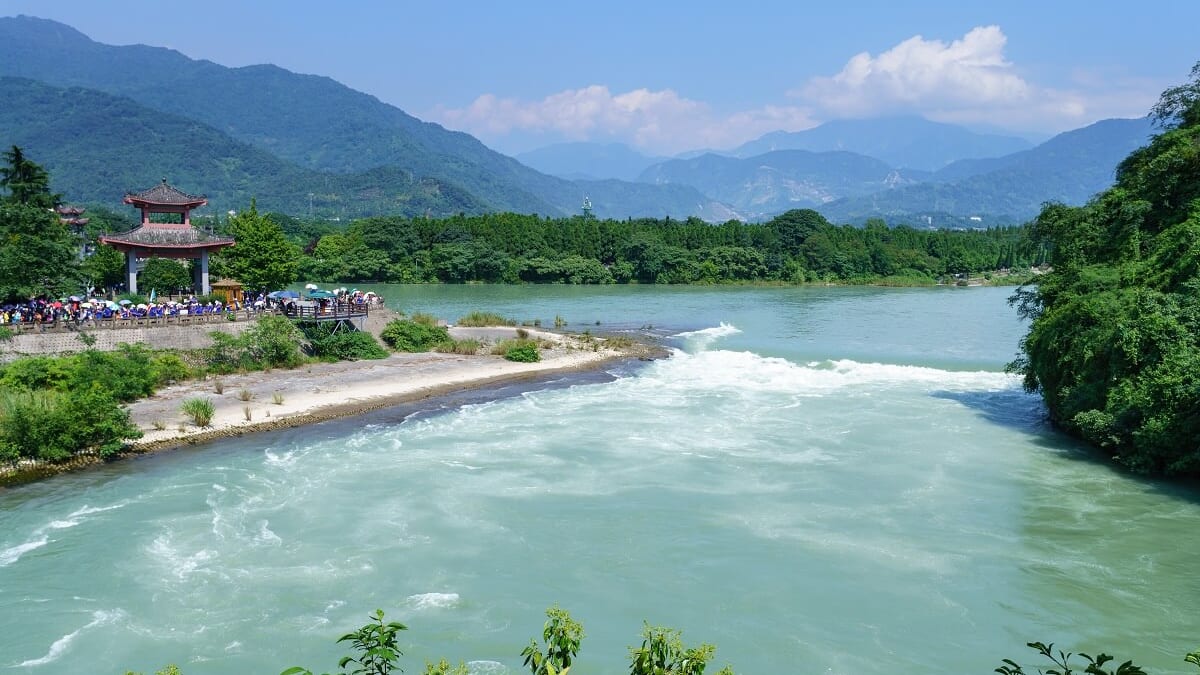
【China World Heritage Site】What are Mount Qingcheng and the Dujiangyan Irrigation System? | Valuable Flood Control Facilities in Chengdu, Sichuan
Dujiangyan, built in Chengdu, Sichuan, China, is a World Heritage Site of water control, water utilization, and irrigation facilities. It protects the city from floods alongside the majestic Mount Qingcheng. You will be particularly impressed by the flood control of Dujiangyan, a testament to ancient wisdom.
The way a large river splits into two, with the weirs built magnificently, is worth seeing. We will introduce the recommended points of the World Heritage Site, Mount Qingcheng and the Dujiangyan Irrigation System.
table of contents
[x] close
【China World Heritage Site】What are Mount Qingcheng and the Dujiangyan Irrigation System? | Valuable Flood Control Facilities in Chengdu, Sichuan
- What are Mount Qingcheng and Dujiangyan?
- How to Access Mount Qingcheng and Dujiangyan?
- Recommended Point of Mount Qingcheng and Dujiangyan ①: Yuzui
- Recommended Point of Mount Qingcheng and Dujiangyan ②: Feishayan
- Recommended Point of Mount Qingcheng and Dujiangyan ③: Mount Qingcheng
- ◎ A Crystallization of Wisdom! 【World Heritage Site】Mount Qingcheng and Dujiangyan
What are Mount Qingcheng and Dujiangyan?
◆ Mount Qingcheng
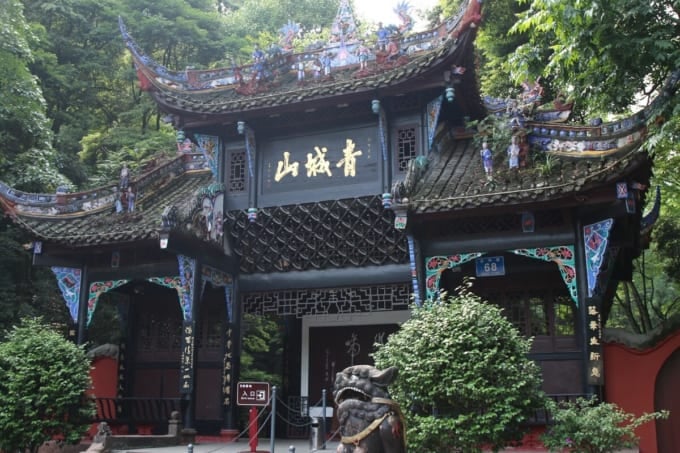
Mount Qingcheng is a World Cultural Heritage Site and a world-famous sacred site of the Quanzhen Taoist school. It is also selected as one of China's Four Great Taoist Mountains and Five Great Immortal Mountains, and is considered an important sacred site of Chinese Taoism.
The highest peak of Mount Qingcheng, Old Lord Pavilion, has an elevation of 1,260m. Mount Qingcheng is divided into the Front Mountain and the Back Mountain, each with its own highlights. The natural scenery is expansive, creating a mystical atmosphere. The representative spots, Tianshi Cave and Garden Ming Palace, are very quiet and symbolic of Mount Qingcheng's landscape.
◆ Dujiangyan
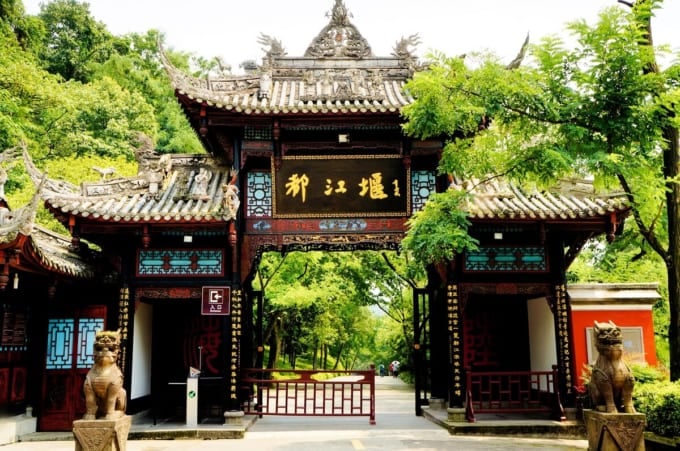
Dujiangyan, also a World Cultural Heritage Site, is located in the western part of Dujiangyan City, Chengdu, Sichuan, and is located on the Minjiang River west of the Chengdu Plain. It already existed in the era of Qin Shi Huang, who was active in the 3rd century BC.
Dujiangyan divided a large river into three parts: Yuzui, Feishayan, and Baopingkou. These water control facilities have played a role in flood control and irrigation for more than 2,000 years, transforming the Chengdu Plain into a vast agricultural area and supporting the lives of many people.
Dujiangyan is the oldest surviving diversion dam in the world. It is characterized by water utilization projects carried out without using weirs, and is a crystallization of the diligence, courage, and wisdom of ancient Chinese workers.
How to Access Mount Qingcheng and Dujiangyan?
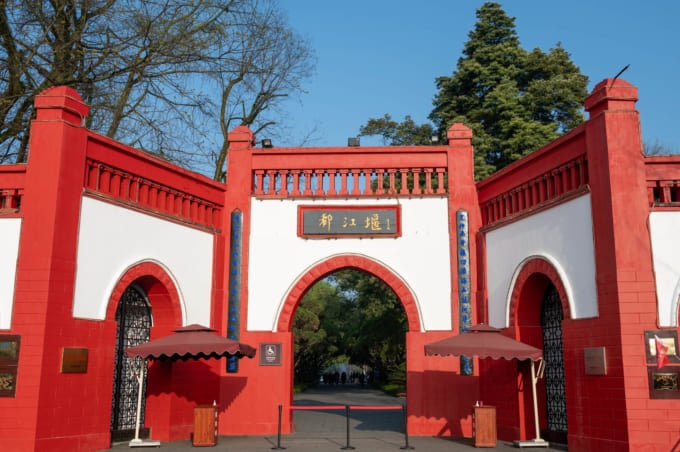
The World Heritage Sites, Mount Qingcheng and Dujiangyan, are located in the suburbs of Chengdu, Sichuan, China. Therefore, when accessing from Japan, you will go via Chengdu. It takes about 5 hours and 30 minutes from Tokyo to Chengdu. Also, if there is a transit, it is common to go via Beijing or Shanghai.
And from Chengdu, you can access both Mount Qingcheng and Dujiangyan by the Chengguan Line railway. Mount Qingcheng is about a 20-minute walk from the terminal station, Mount Qingcheng Station. And for Dujiangyan, get off at Dujiangyan Station and take a local bus to move from the city area to the tourist area.
Recommended Point of Mount Qingcheng and Dujiangyan ①: Yuzui
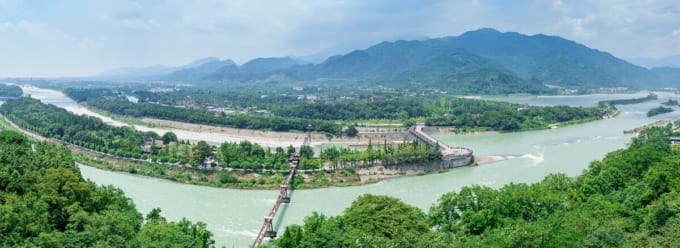
"Yuzui," part of the World Heritage Site Dujiangyan, is named after its shape resembling a fish's head. Located in the center of the Minjiang River, its main role is to divide the Minjiang River into two, the inner and outer rivers, with the outer river, divided to the west, used for drainage. The eastern inner river is drawn into an artificial waterway and used as an irrigation facility. The ancient Yuzui was assembled with bamboo baskets and piled with pebbles.
And this is the point that led to the World Heritage Site registration. The Dujiangyan irrigation facilities were built at a curve in the Minjiang River, so in winter and spring, the water volume decreases, and when the river flows through Yuzui, it draws a large arc and flows into the main inner river. About 60% flows into the inner river, and about 40% flows into the outer river.
On the other hand, in summer and autumn, the water level rises, and the river has momentum, so the flow changes from a curve to a straight line, and the outer river becomes the main flow. Therefore, the amount of water flowing into the outer river and inner river is also reversed, with about 60% of the river water flowing into the outer river and about 40% flowing into the inner river.
The Dujiangyan irrigation facilities, which utilize this terrain, not only meet the shortage of agricultural water and the demand for domestic water in winter and spring, but also protect the city from floods that occur in summer and autumn. It is a good example of how ancient wisdom led to World Heritage Site registration.
Recommended Point of Mount Qingcheng and Dujiangyan ②: Feishayan
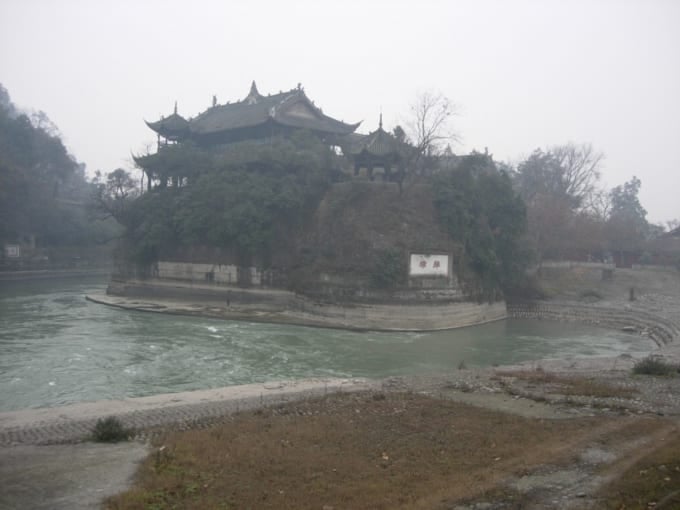
Feishayan, located in the World Heritage Site Dujiangyan, plays a role in adjusting the amount of water drawn and drained. It was formerly called Feishayan and is one of the three elements of the Dujiangyan water facilities. It looks ordinary, but in reality, its effect is enormous.
Feishayan plays a "key" role in protecting the Chengdu Plain from floods. It allows excess water to flow out from Feishayan when the amount of water in the inner river exceeds the water volume limit of Baopingkou. In the event of a major flood, it can destroy the embankment itself and return most of the water to the main Minjiang River.
Another role of Feishayan is to prevent the Baopingkou, located downstream of the inner river, from being blocked when a large amount of sediment and rocks from Wanshan Mountain suddenly flow into the Minjiang River due to heavy rain. In the ancient Feishayan, bamboo baskets were filled with gravel to create a temporary weir. The current Dujiangyan has replaced it with concrete, producing a higher effect.
UNESCO evaluated the ancient wisdom in Dujiangyan and made it a World Heritage Site.
Recommended Point of Mount Qingcheng and Dujiangyan ③: Mount Qingcheng
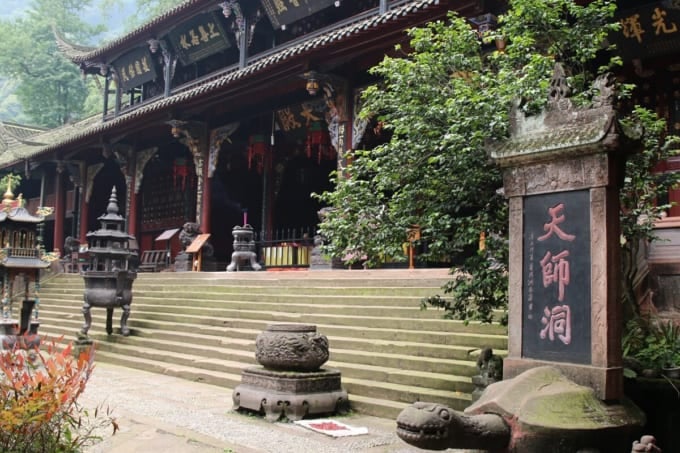
Mount Qingcheng is characterized by the presence of several Taoist temples. You can encounter sacred Taoist temples while feeling the beautiful nature.
Among them, "Tianshi Cave" consists of temples such as Sanqing Hall, Sanhuang Hall, and Huangdi Shrine, and plays a more central role in Mount Qingcheng. Furthermore, it is said that Zhang Ling, who is said to be the founder of Taoism, trained in this Tianshi Cave.
This Tianshi Cave is located in the Front Mountain of Mount Qingcheng, and in the Back Mountain, there are old-fashioned and quaint villages such as Tai'an Ancient Town. It is truly like a world of Shangri-La, so please stop by the Back Mountain.
◎ A Crystallization of Wisdom! 【World Heritage Site】Mount Qingcheng and Dujiangyan
We have introduced the highlights of Mount Qingcheng and the crystallization of wisdom, Dujiangyan. Both are World Heritage Sites that you want to visit together.
Ancient wisdom is a wonderful thing. The flow of the river changes seasonally in Dujiangyan, so it might be a good idea to visit in a different season when traveling again. China's World Heritage Sites are often vast and overwhelming. Please experience the greatness of civilization with your own eyes!
RELATED ARTICLES
REGIONS
CATEGORIES
FEATURED ON Guide
-
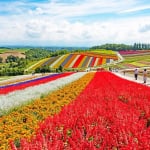
Where will you go for the summer vacation? Introducing recommended spots for domestic travel
-
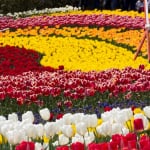
Kaizu City’s Recommended 7 Tourist Spots. Enjoy the Culture and History Nurtured by Wajū!
-
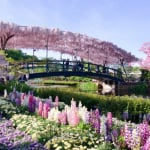
What Makes Ashikaga Flower Park So Special? A Treasure Trove of Photo-Worthy Spots!
-

600 Years of Radiant Tradition: Korea’s Historic Villages of Hahoe and Yangdong
-

Two-Colored Seas and a Pink Beach! 4 Must-Visit Spots in North Eleuthera
MOST POPULAR ON Guide
-
 1
1Doha: Must-see Attractions in the Capital of Qatar
-
 2
2Toronto: 10 Things to do in this Picturesque Canadian City
-
 3
3Amarillo: A City Famous for It’s Amazing Canyons, Great History and Music
-
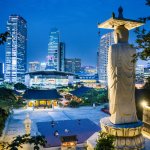 4
4South Korea: Dazzling Scenery, Rich Culture and Fascinating History
-
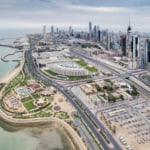 5
5Kuwait: A Country in Middle East Asia Famous for Hot Sand Dunes and Stunning Cityscape

